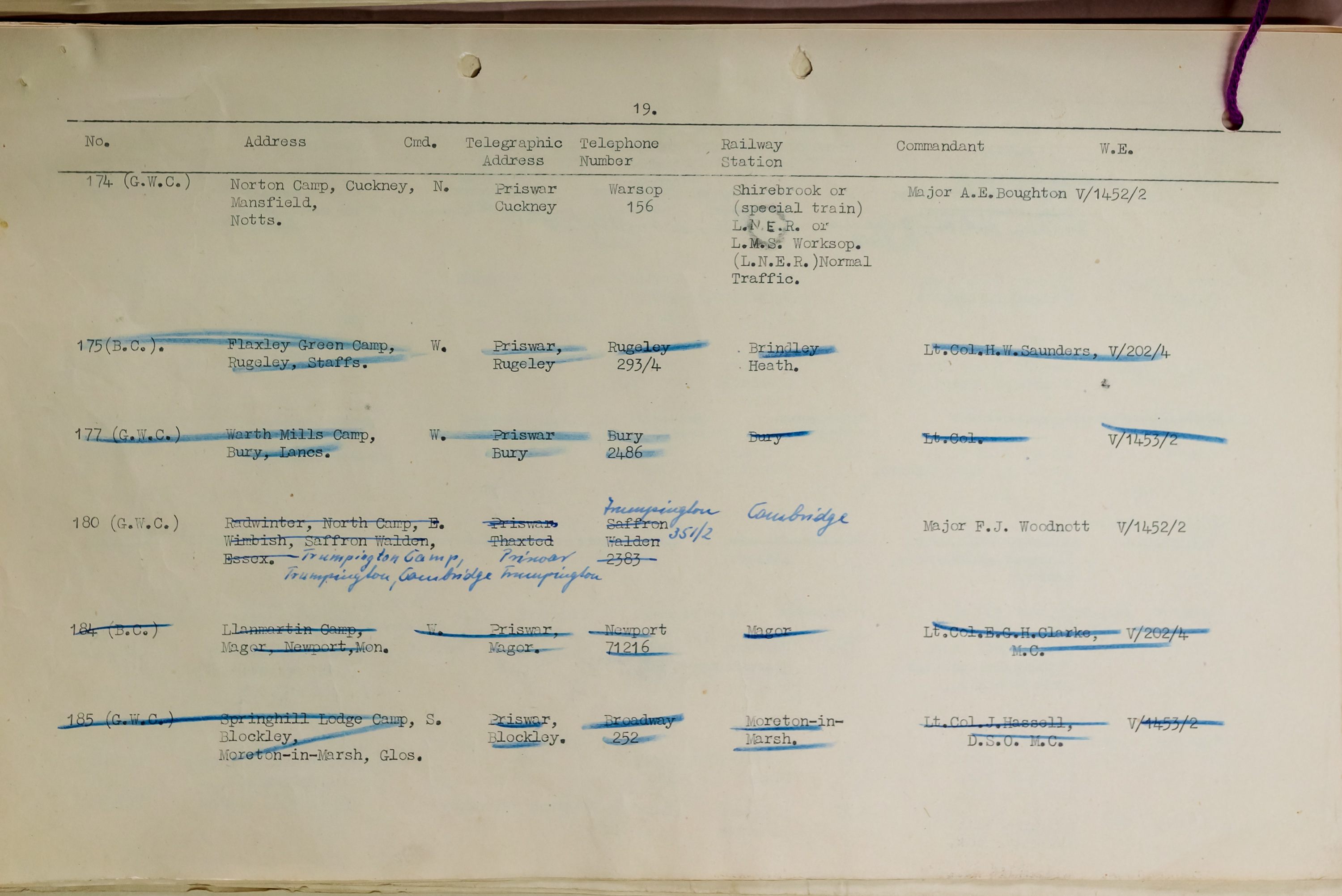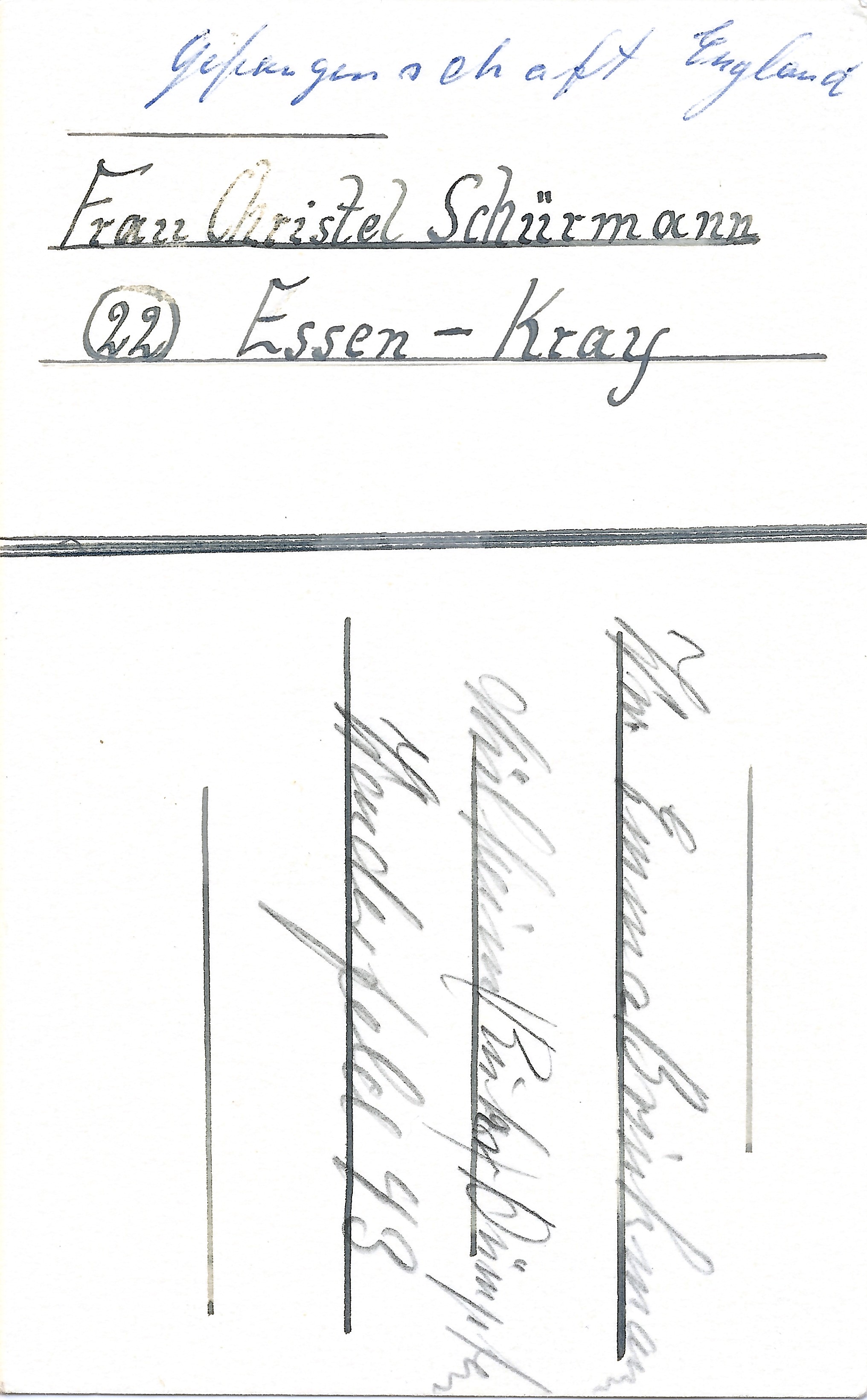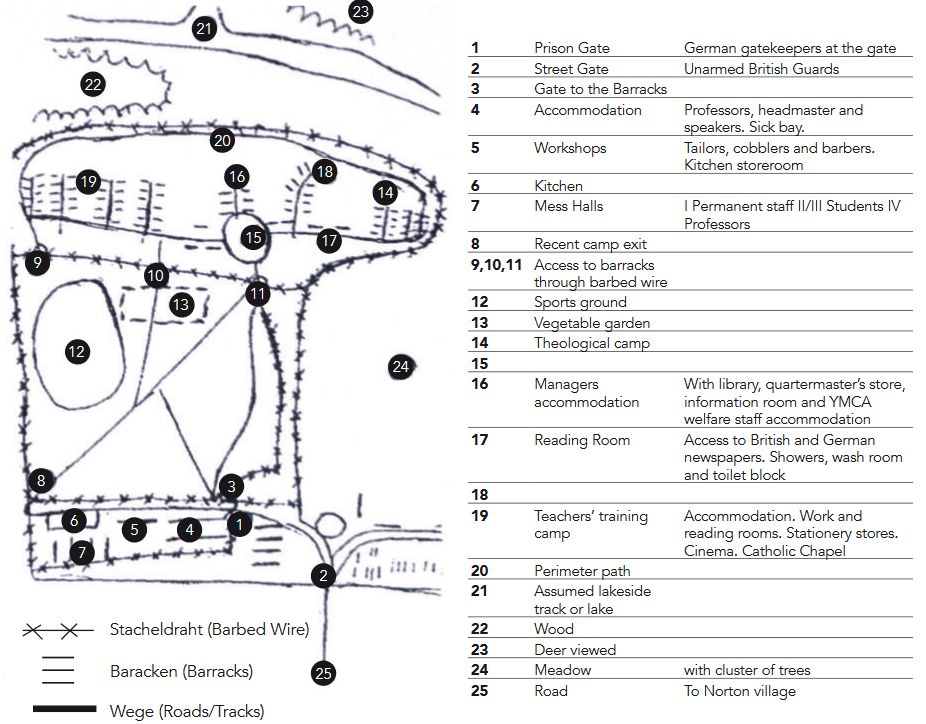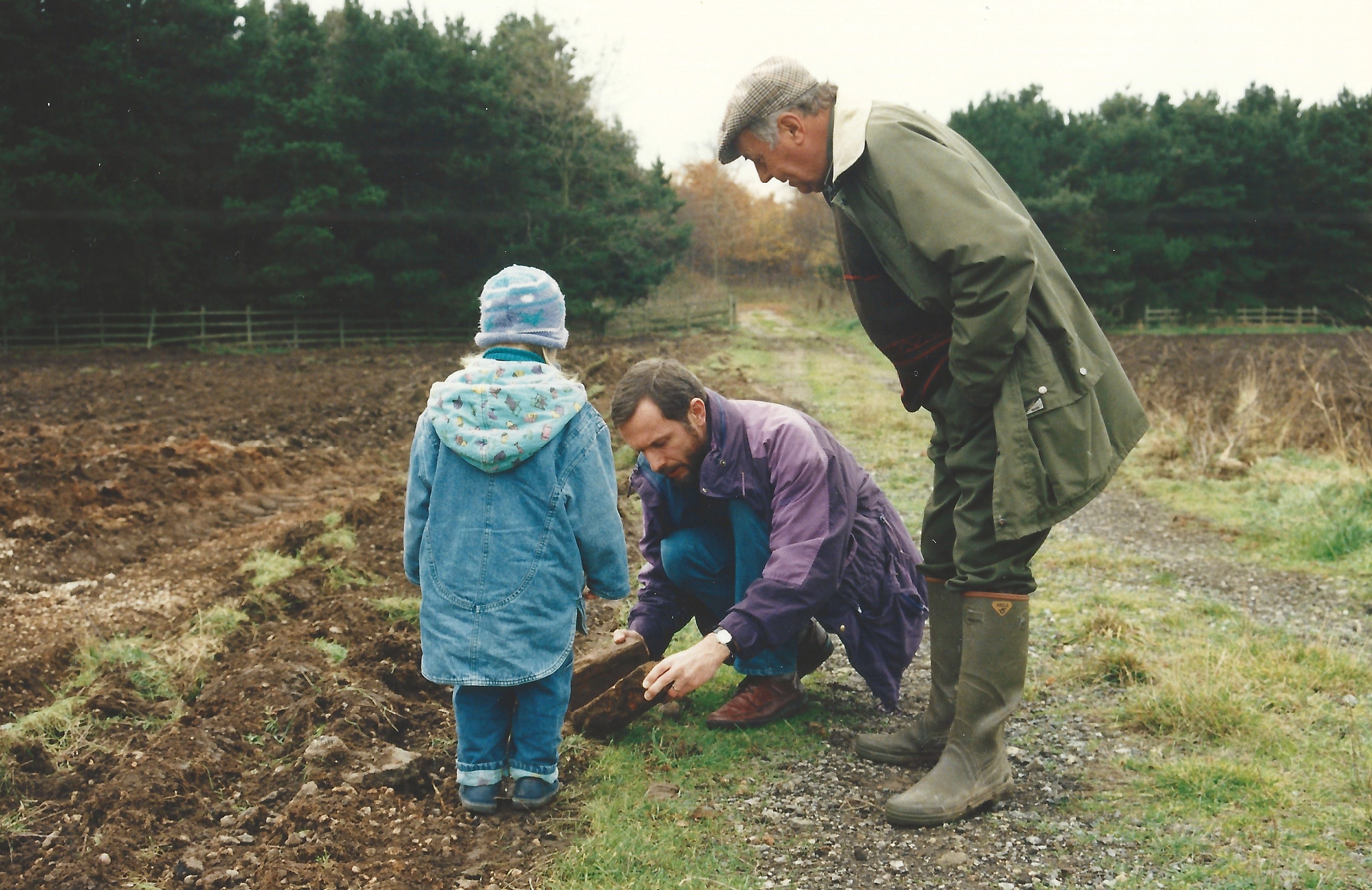
Location
Bunkers Hill Plantation, Norton, Bassetlaw Nottinghamshire, NG20 9LF
Description
Site Visits
Feburary 2020
Material
DSLR and Drone Photos
UK FO Inspection Reports
Images Supplied by Henry Schürmann
This former PoW Site was made up of two separate but linked camps. One side of the camp close to a private road and within what is now Bunkers Hill Plantation was used to house Italian PoWs. The North side of the camp in what is now Common Piece Plantation was used to house German PoW.
Owing to back pain and considering several Keep Out Sights most of my image were shot using my drone.
The drone images of Common Piece Plantation appear to show the remains of a small number of PreFab and other buildings with nothing obvious within the nearer Bunkers Hill Plantation.
Since publishing these images I have been contacted by a gentleman in German who’s grandfather was one of the PoW. He has supplied a few photos, map as well as adding to the story of the site as below:
Dear Mr Richards, (with apologies for a lengthy letter)
while the Corona-episode seems to have put on hold your exhibition project of PoW sites, it has given me time to search the net for updates on information I tried first to gather in 1995 of Camp 174 at Norton (or “Norton Camp, Worksop”, as it was on the postal address of letters sent home by my grandfather as a PoW).
First of all, I would like to thank you for publicly making available so much research material, library and other links, as well as excellent high-res photography. It has been such a pleasure to see what my granddad’s “favourite place during the war” (his words!) looks like these days. He repeatedly told me that the many months spent at Norton Camp had been his “best time during the war” – because “the Tommies treated us like human beings” (i.e. unlike the Nazi officers under whom he had served).
It is a pity that the Welbeck estate has not given you permission to access the location on the ground.
In 1995, I was permitted to do just that – visit the place – after a chance meeting of the then game keeper of the estate and of a former British guard of the camp. I had asked in a village library or shop for the precise location and anyone who might still be able to tell me about the camp, and the guard happened to pass by. As it was a meeting day for a local group of which both were members, I learned that at that time, at least one other former guard was still alive in the area. Unfortunately, I did not take any notes but I do recall that he was responsible for escorting prisoners to local farms where they were working in the fields. A younger man employed by the estate then took me to the camp location and pointed out the foundations of Nissen huts, workshops and other buildings.
The camp’s role as a noted “barbed-wire university” to educate primary school teachers and (mostly protestant) theologians for German post-war society has been widely published. Even Catholic Cardinal Josef Frings of Cologne visited the camp, leaving quite an impression on my granddad, because Frings had shocked authorities in Germany during the “hunger winter” of 1946 by suggesting it wasn’t a sin to steal food or fuel if your children were starving. This practice became known as “fringsen” in the Cologne diocese where my family lived, and my grandfather admitted to go about “organizing” fuel and rabbits for dinner, both in Norton Camp outside the perimeter fence, and back home in Germany in 1947-48.
The purpose of my brief day visit from London to Norton Camp in 1995 had been to take some photographs of the campsite for my grandfather’s 86th birthday and make a brochure out of them as a birthday present. I have scanned a few of my old pictures and attached them to this mail.
They show a black and white photograph of a prisoner group at the Camp, with my grandfather Ludger (aka “Loui”) Schürmann seated first on the left. No date is available for the photograph, but I know that no letters were permitted during most of 1945, so it was probably taking during 1946.
Ludger would have been 37 or 38 then and known for his fine tenor voice and years of (church and other) choir service, so I assume he was a member of the camp choir. His job in the camp was in the workshops, given his skills in improvisation with all kinds of scrap metal, wire and timber, and the paucity of repair tools and resources in Europe during 1945-47.
Now, not wanting to bore you with too many details, I would like to encourage you to keep pursuing your research, as there are still people alive who can help interpret artefacts or pictures of the camps, like my own father (87).
With best regards,
Henry Schürmann,
Cologne, Germany
Camera and Drone Images of the site of former PoW Camp 174 Norton Camp
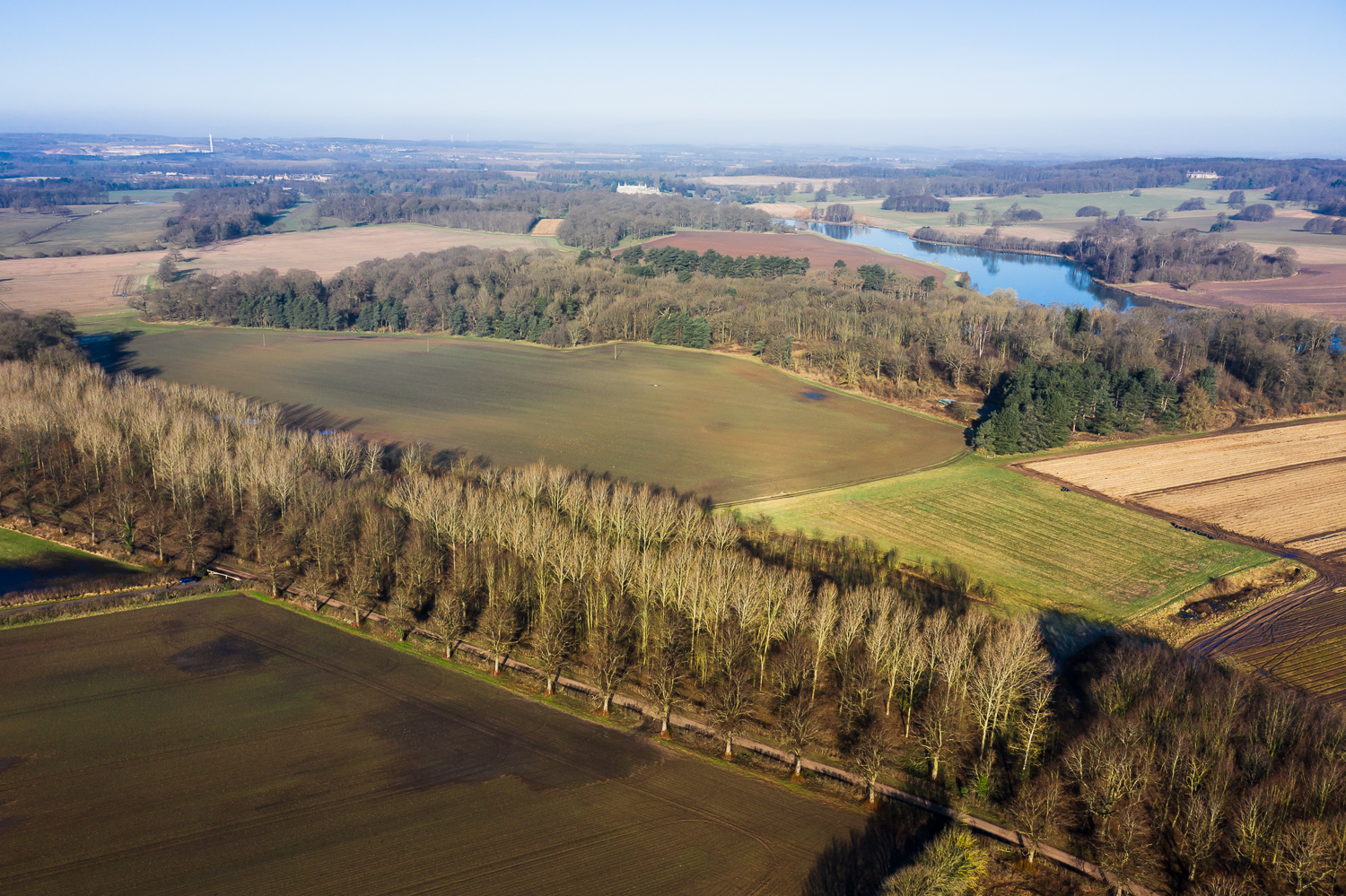
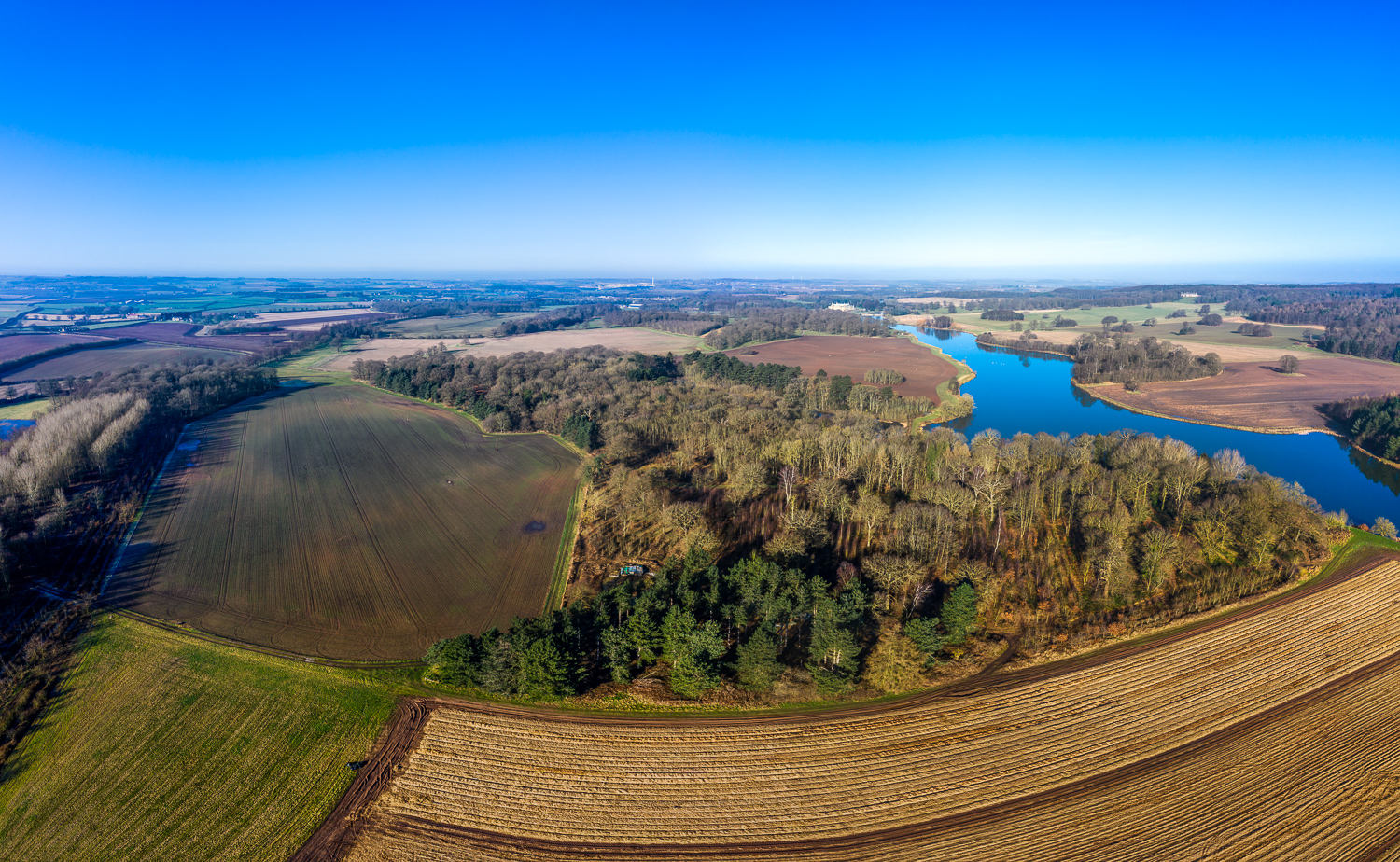
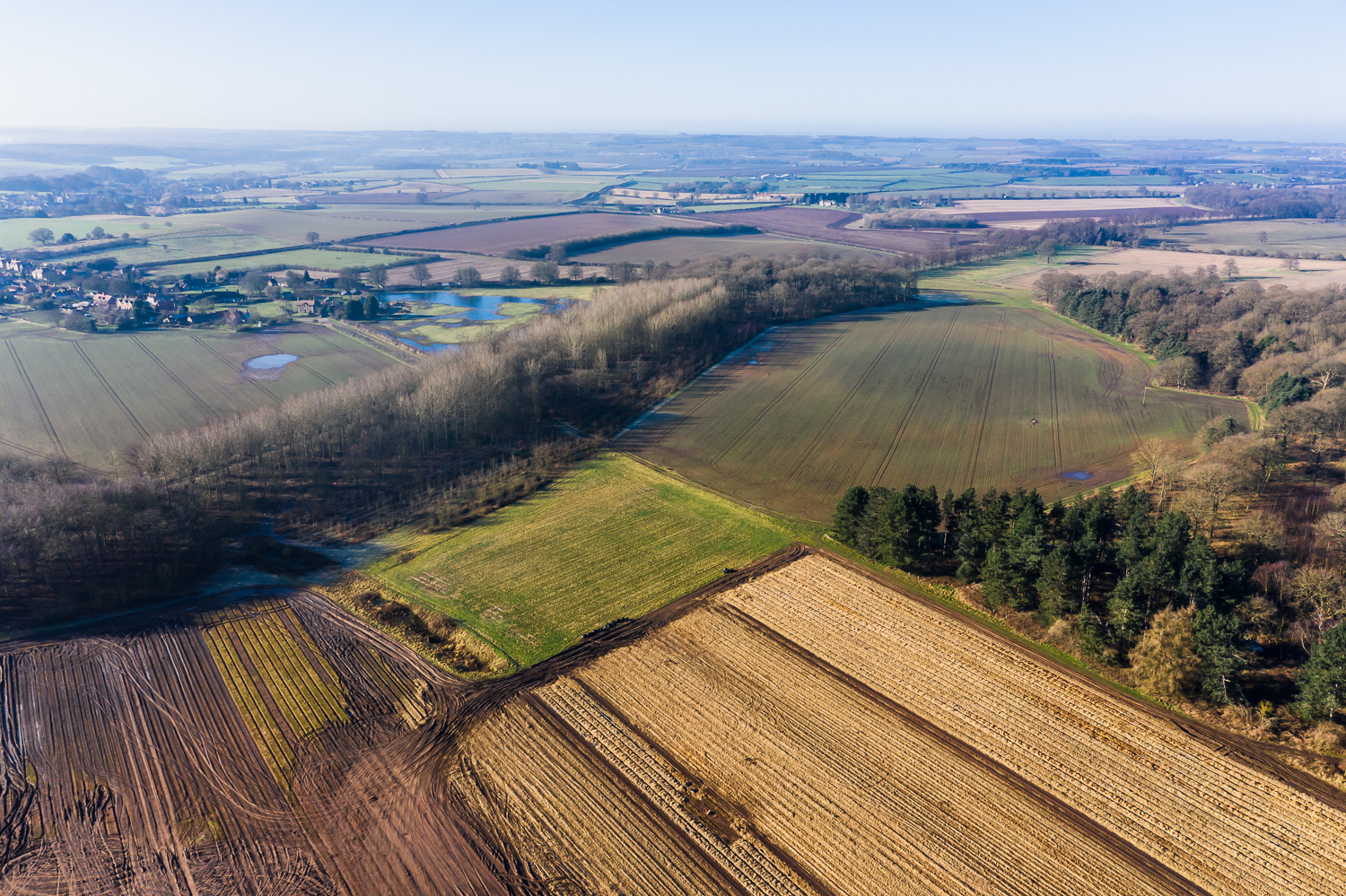

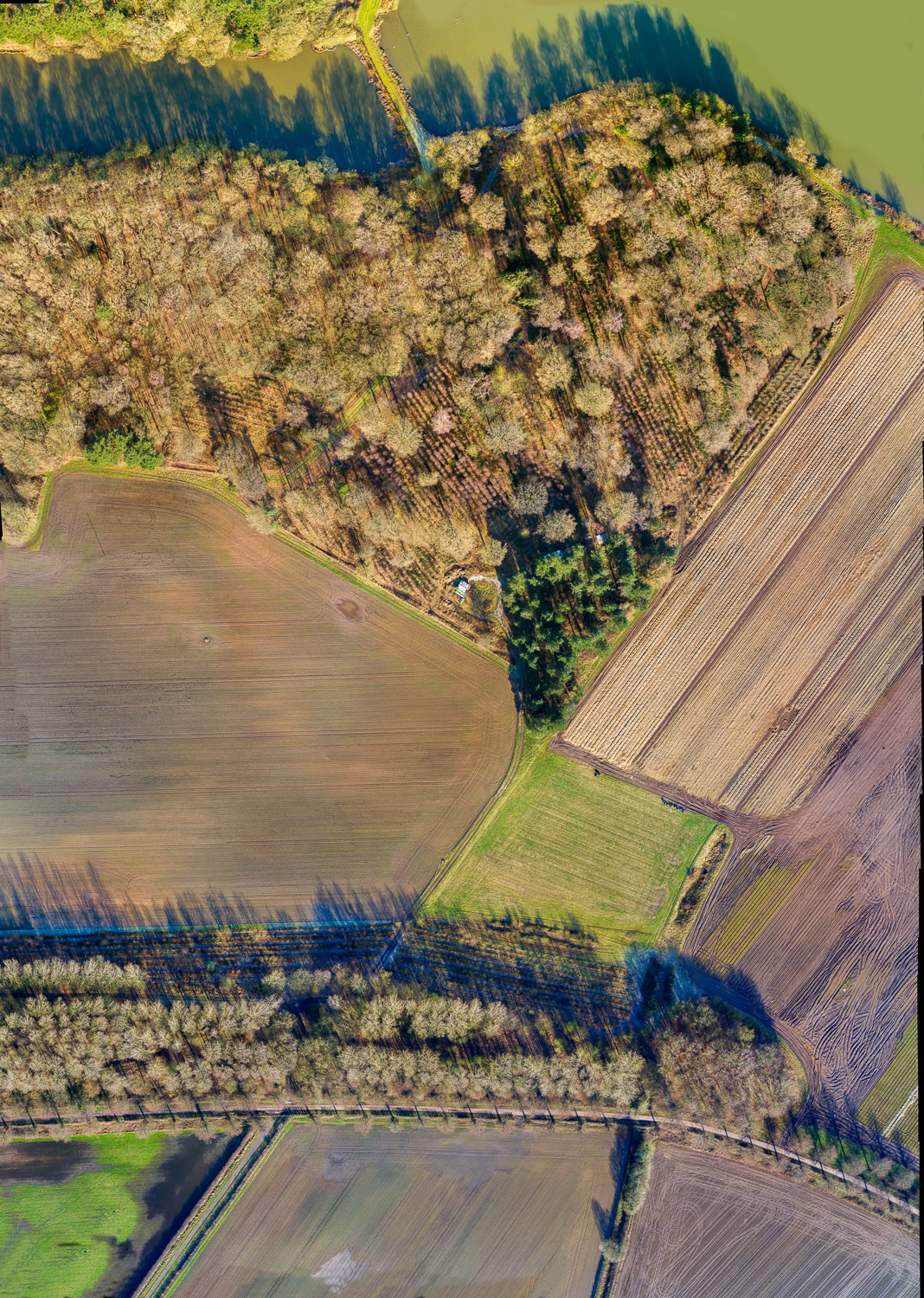
Extracts from UK Foreign Office Inspection Report from UK National Archives Kew:
FO 1120/183 PoW Camp List 20Feb47.
Photos and images from Henry Schürmann, Cologne, Germany, who Grandfather was a German PoW.
Map supplied by Henry Schürmann that was produced by the Battle of Hatfield Investigation Society from an investigation into the site
